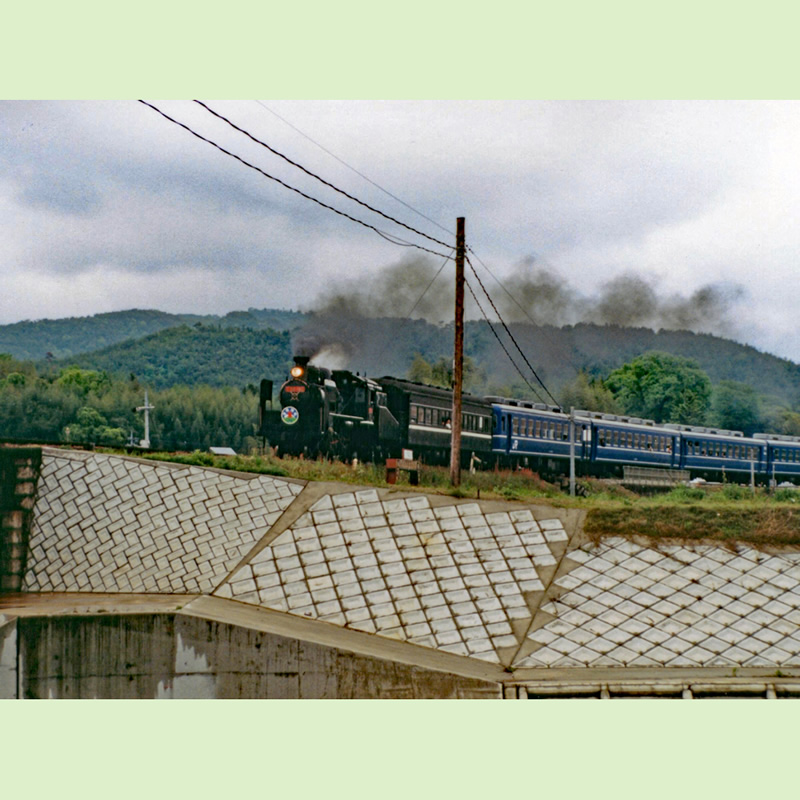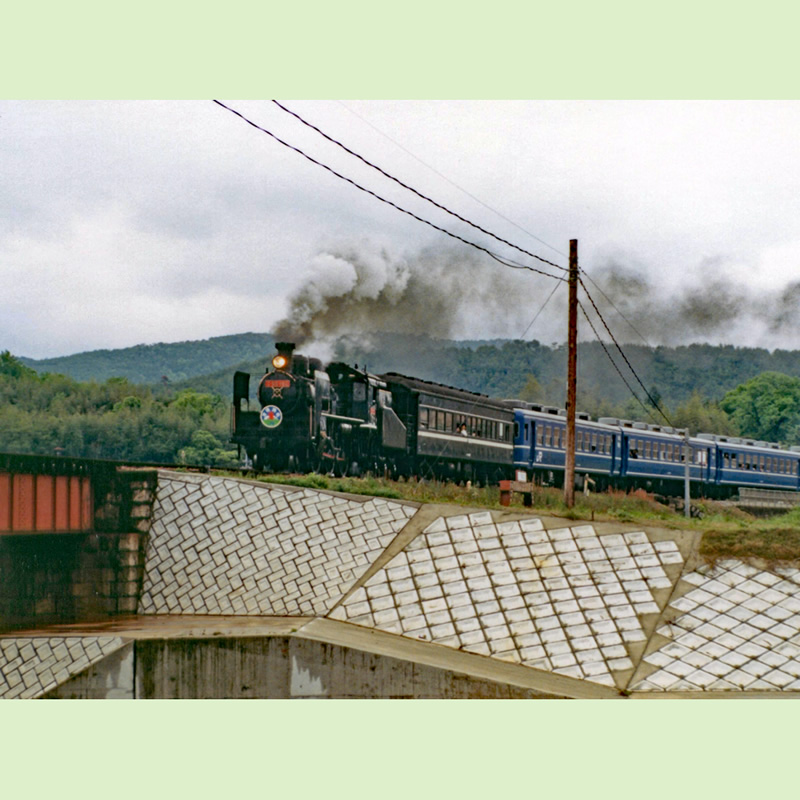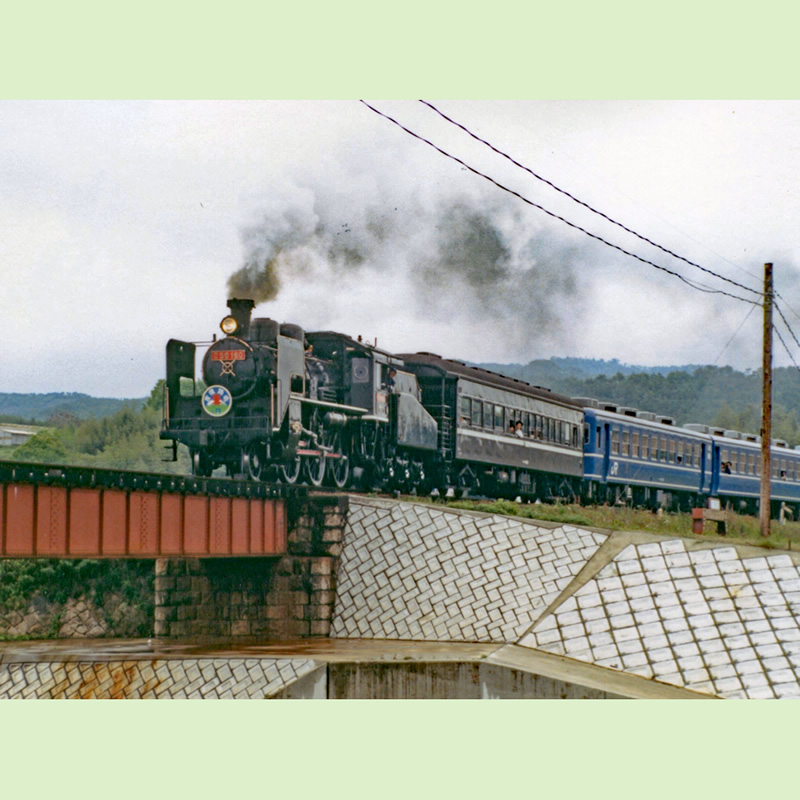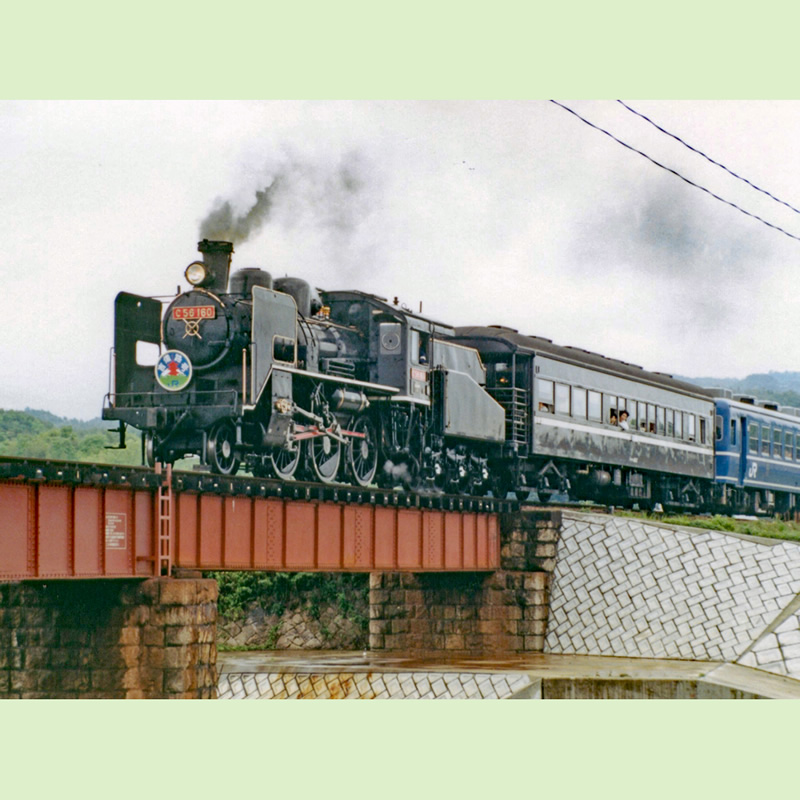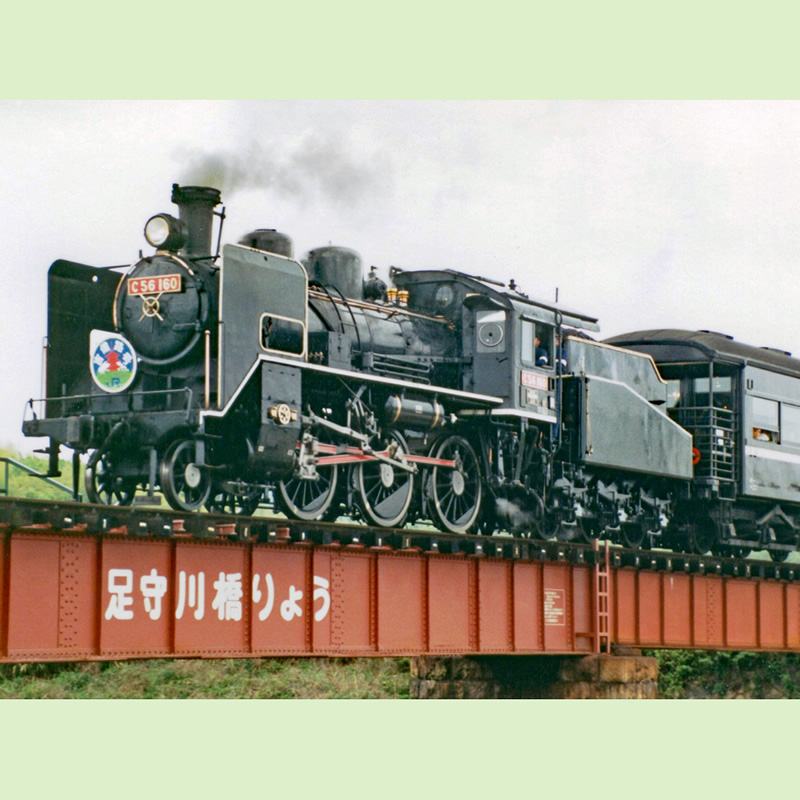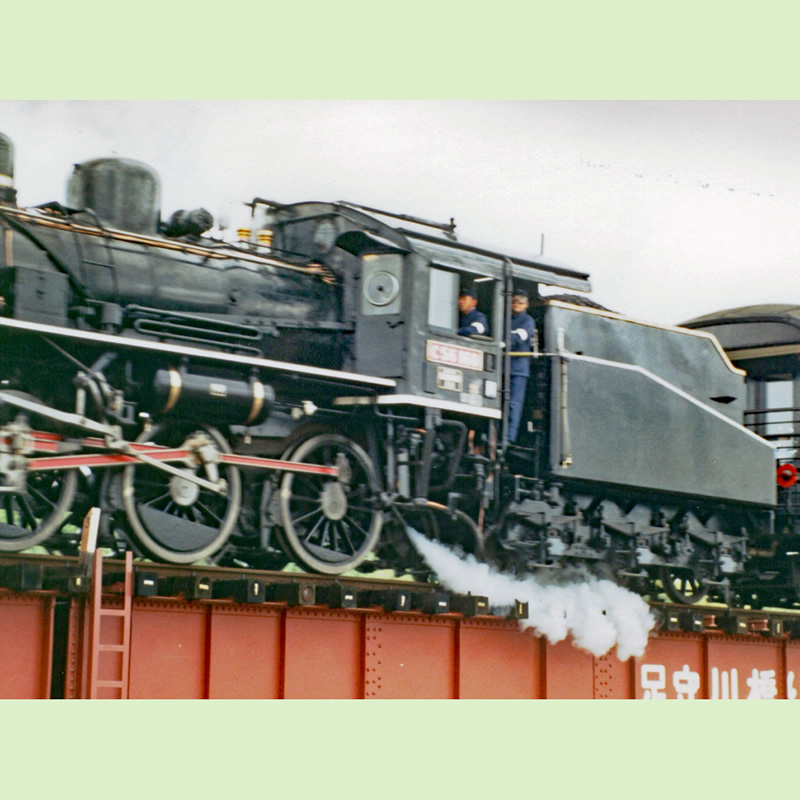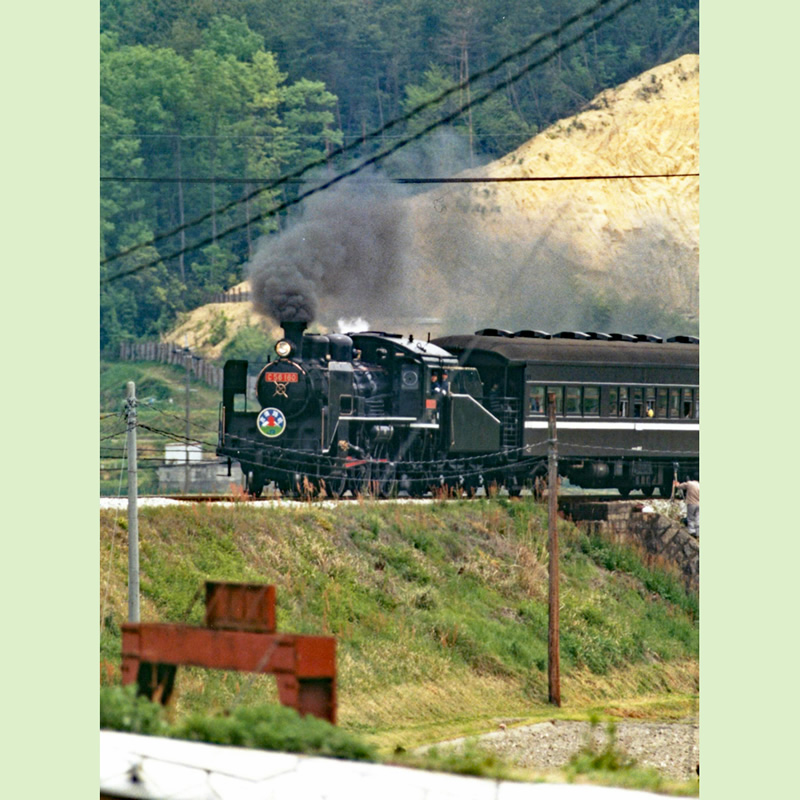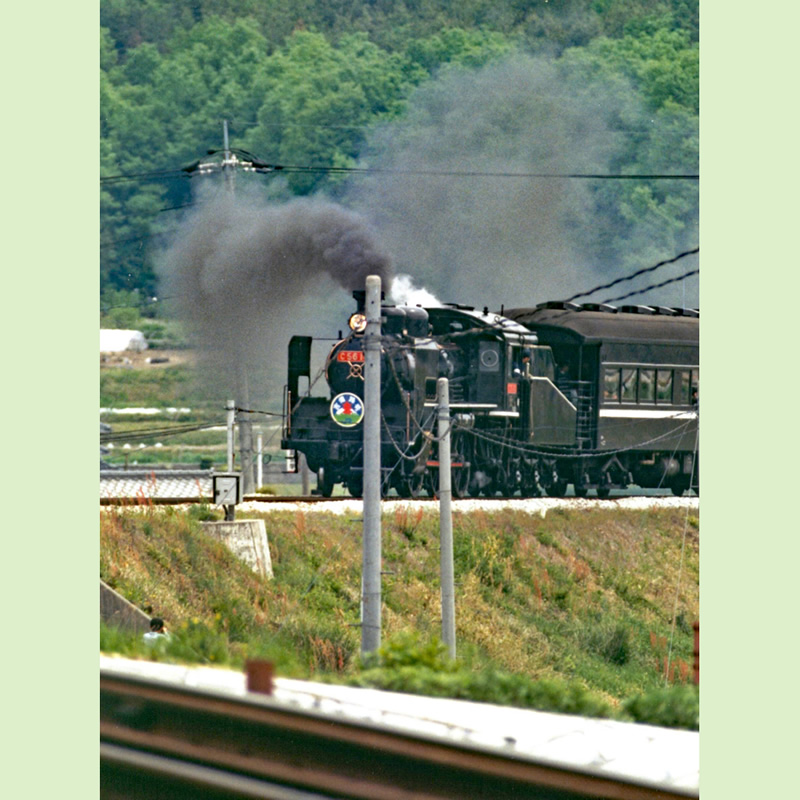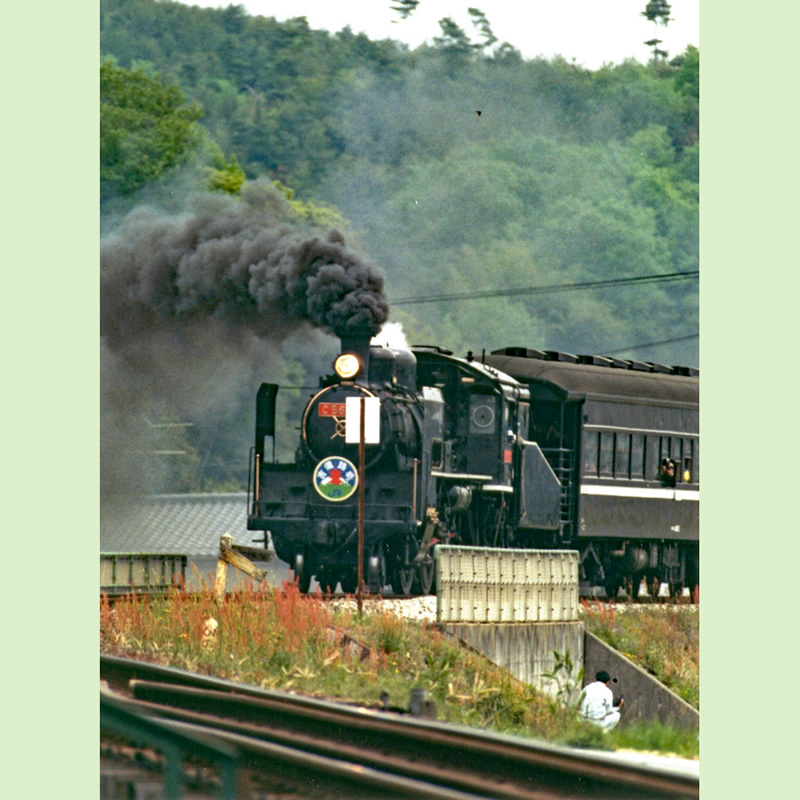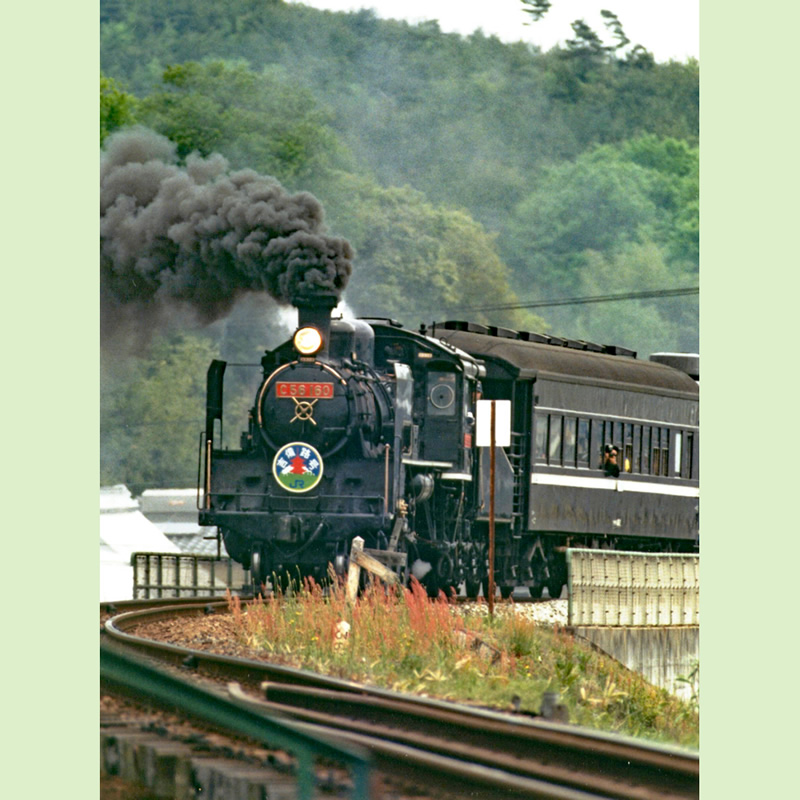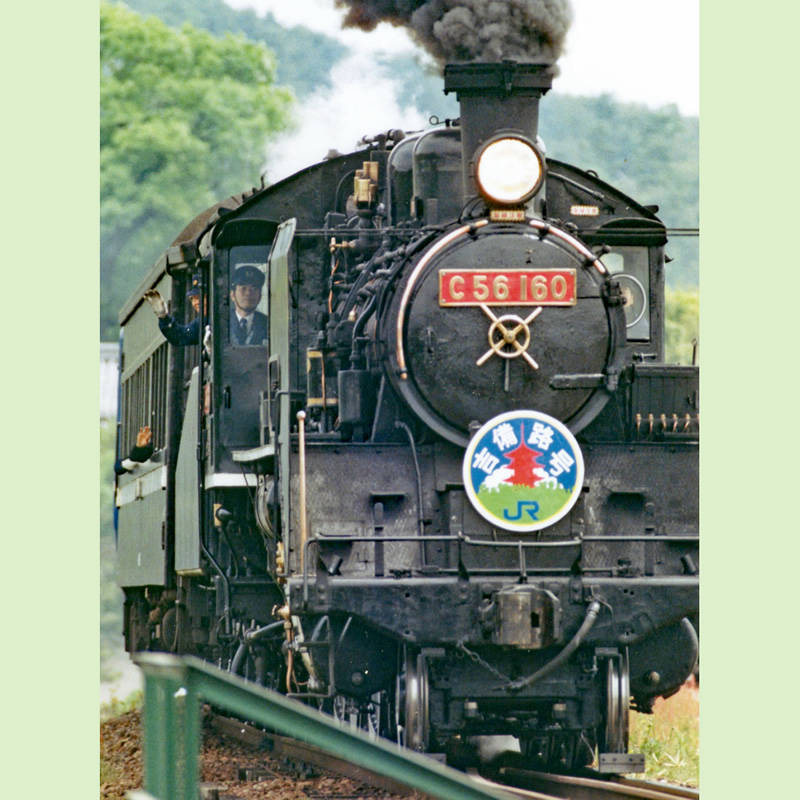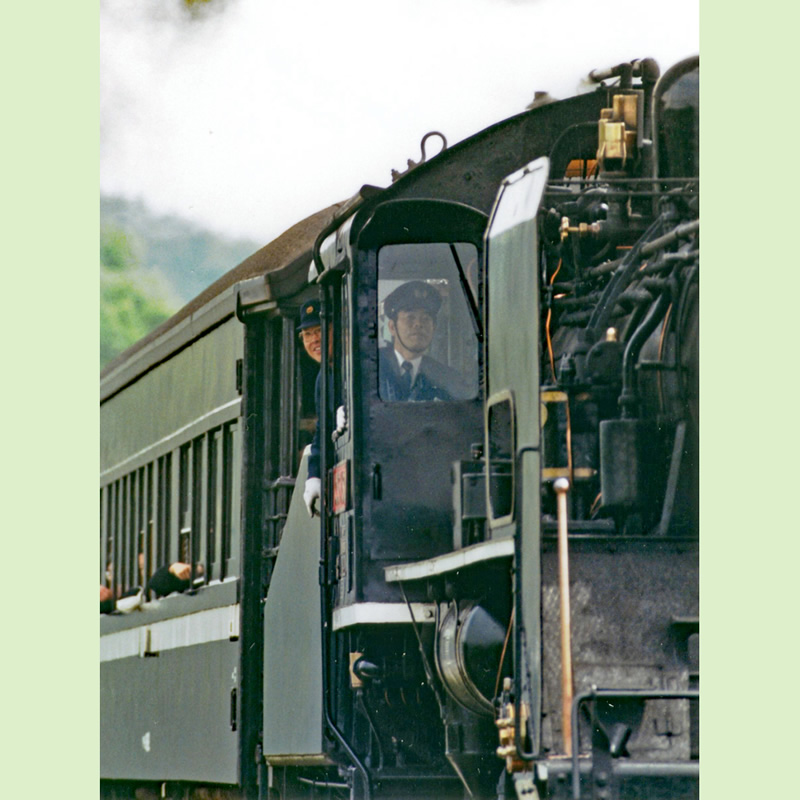Kibi Line Map
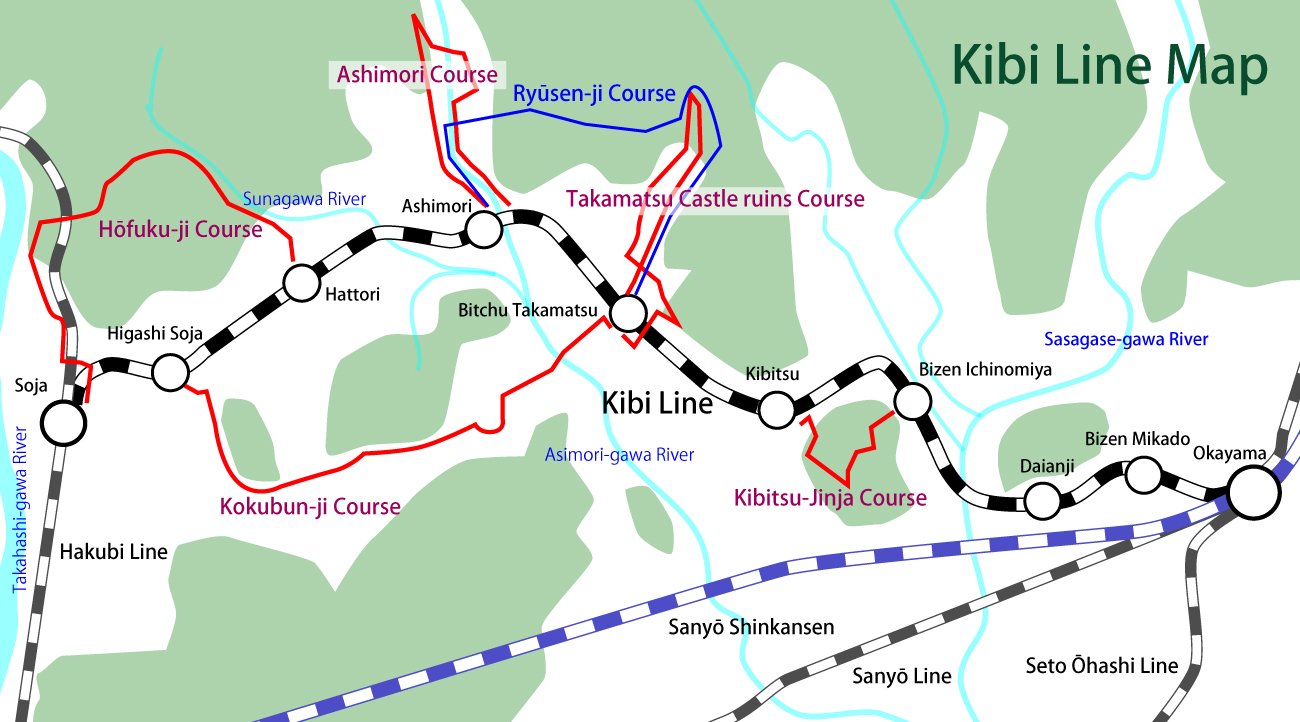
In the major municipal mergers of the Heisei era, the place names representing "Kibi" in the Kibiji region disappeared. The JR Kibi Line, bearing the name "Kibi," can be regarded as a railway that runs through the Kibiji region. Along the Kibi Line, there are scattered shrines, temples, famous places, and historical sites. Let's explore by utilizing the JR Kibi Line. Walking offers a fresh perspective and allows for new discoveries compared to touring by car.
We introduce representative walking courses based on each station of the Kibi Line. Knowing the origin of the "Kibiji" will enhance the enjoyment of your explorations.
History of the Kibi Line
- 1904 (Meiji 37):
- Chūgoku Railway opens the line between Okayama and Tatai.
- 1911 (Meiji 44):
- Inariyama branch line opens.
- 1925 (Taisho 14):
- With the opening of the Hakubi Nanbu Line (Kurashiki-Shisawa), the line between Soja and Nishi-Soja opens, and the line between Soja and Tatai is abolished.
- 1930 (Showa 5):
- Introduction of gasoline cars.
- 1944 (Showa 19):
- Nationalization of the railway division of Chūgoku Railway. Inariyama branch line is abolished to supply rails for military supplies.
- 1968 (Showa 43):
- Introduction of the first automatic train control system in the prefecture.
- 1970 (Showa 45):
- Discontinuation of freight service.
- 1971 (Showa 46):
- Unmanning of six stations, excluding Higashi-Soja and Bitchu Takamatsu stations.
- 1987 (Showa 62):
- Inherited by JR West as a result of the privatization and division of Japanese National Railways.
- 1991 (Heisei 3):
- Introduction of one-person operated trains without conductors.
- 2004 (Heisei 16):
- 100th anniversary of the opening of the Kibi Line.
Bitchu Takamatsu Station is the only station with station staff. - 2016 (Heisei 28):
- The Kibi Line will be named the "Momotaro Line" as its nickname.
